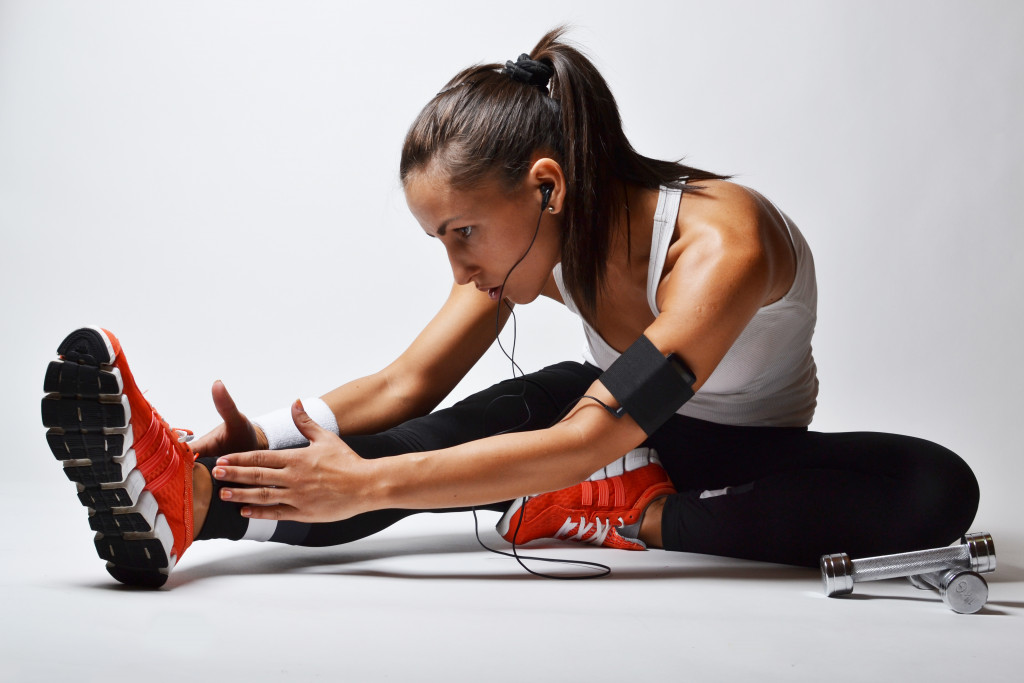- Recognize and respect your body’s signals to avoid overexertion and injuries, ensuring a balanced, active lifestyle.
- Gradual progression in workout intensity helps the body adapt better, preventing overwhelming stress from sudden changes.
- Cross-training allows different muscle groups to work, enhancing strength and flexibility and reducing the risk of injuries.
- Proper nutrition and hydration fuel workouts, while rest and recovery are essential for muscle repair and avoiding burnout.
Are you someone who has an active lifestyle? You enjoy going out for a run or hitting the gym regularly. While being active is great for your health, knowing your limits and balancing your activity with proper rest and recovery is essential. In this blog, you will learn crucial tips for people with an active lifestyle to stay safe and healthy while pursuing their fitness goals.
Listen to Your Body
Your body gives you signals when you’re exceeding your limits. It’s essential to listen to those signals and adjust your workout accordingly. For instance, if you feel pain or discomfort while running, it’s better to slow down or stop instead of pushing through the pain. Similarly, if you feel fatigued or drained, it’s a sign that your body needs rest and recovery. Overexerting yourself can lead to injuries and burnout.
If you’re already injured because of this, seek out a professional that can help you right away. For example, you might need someone who specializes in treating sports injuries if you’re an athlete who’s sustained a knee injury or overused your muscles. They’ll employ methods such as Active Release Technique (A.R.T.) to help you recover quickly and get back to your active lifestyle pain-free. This method also helps to reduce the risk of further injury by restoring normal movement patterns and improving your overall flexibility.
Gradual Progression
If you’re just starting with an active lifestyle or trying to increase your fitness level, it’s crucial to progress gradually. Jumping from a sedentary lifestyle to an intense workout can be overwhelming for your body. It’s always better to start slow and increase the duration, intensity, and frequency of your movements gradually. This allows your body to adjust and adapt to the increased activity level.
Cross-Train
Cross-training involves combining different exercises or activities to work on different muscle groups and prevent injuries. For instance, if you’re a runner, you can include strength training or yoga in your routine to strengthen your muscles, improve flexibility, and prevent injuries.
Cross-training also makes your workouts more interesting, and you’re less likely to get bored or burnt out. Additionally, it helps to work different muscle groups and avoid overuse injuries caused by repeating the same exercise too often.
Fuel Your Body

Eating a healthy and balanced diet is essential for an active lifestyle. Your body needs the proper nutrients to perform at its best. Ensure that your meals include a mix of the following things:
Protein
Protein is essential for muscle growth and repair. It also helps with recovery after a strenuous workout. Good sources of protein include lean meats, eggs, fish, dairy products, and legumes.
Complex carbohydrates
Complex carbohydrates provide your body with energy to sustain you through your workouts. These are found in whole grains, oats, potatoes, quinoa, and brown rice.
Fruits and vegetables
Fruits and vegetables are packed with vitamins and minerals that help your body to recover quickly. Make sure you include a variety of both fruits and vegetables in your meals for maximum benefit.
Healthy fats
Healthy fats provide you with energy and help your body absorb essential vitamins. Sources of healthy fats include nuts, avocados, and olive oil.
Besides these, adequate hydration is also crucial, especially when you’re sweating during a workout. Drink plenty of water and replenish with electrolytes as needed.
Rest and Recover

Rest and recovery are as important as the exercise itself. Your body needs time to repair and rebuild your muscles after a workout. Overtraining can lead to injuries, fatigue, and burnout. It’s essential to take rest days between workouts and get enough sleep.
Active recovery activities like stretching, foam rolling, or a leisurely walk can help improve blood circulation and reduce muscle soreness. Additionally, you can also incorporate massage and cryotherapy to expedite your recovery.
Maintaining an active lifestyle is not just about pushing your limits but also understanding the importance of rest and recovery, cross-training, and proper nutrition. By listening to your body, making gradual progress, and nourishing your body with the proper nutrients, you can enjoy your active lifestyle without the risk of injuries or burnout. Remember, fitness is a lifelong journey, not a destination. It’s about making consistent, sustainable changes that support your health and well-being. So, put these tips into practice, and you’re one step closer to achieving your fitness goals.

